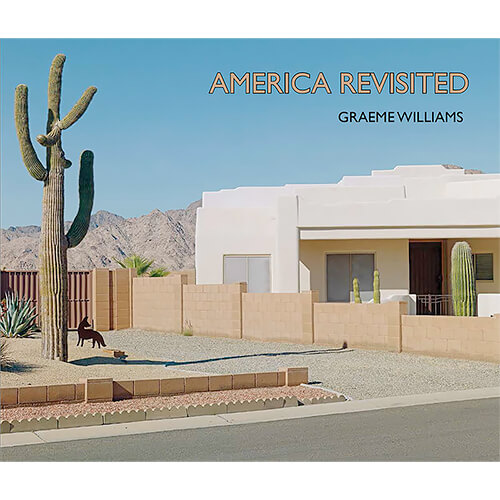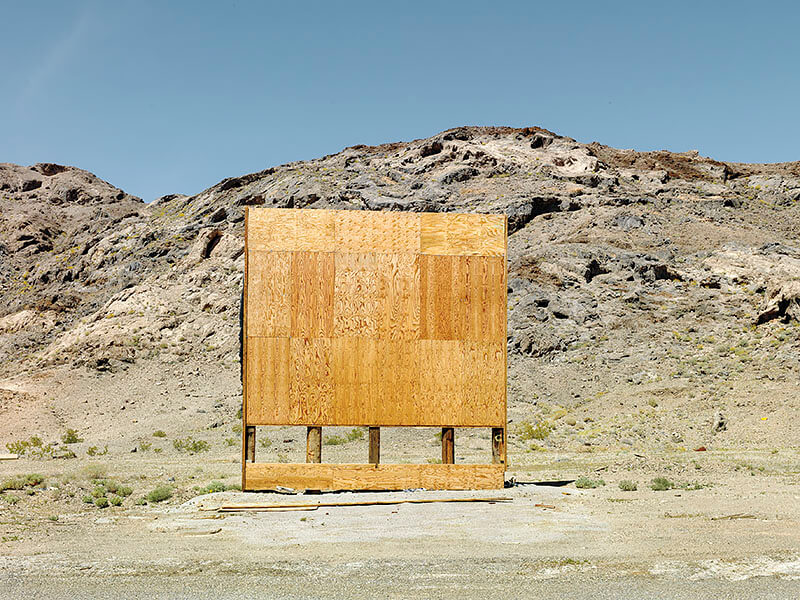Graeme William's work on South Africa is acclaimed worldwide and has been published on the cover of Time magazine twice as well as published in The New York Times Magazine, National Geographic, Newsweek, Stern... to name just a few. But for the last five years he shifted his attention from South Africa to the United States. We asked him a few questions about his new project America Revisited:
Thank you very much Graeme for allowing us to discover your beautiful work.
All About Photo: You came to the US in 2016 for a residency at Ampersand Foundation. How did you land up in Harrisburg, Pennsylvania and what were you looking for photographically? Where you disappointed?
Graeme Williams: No, I definitely wasn't disappointed. I was initially based in New York, and I felt like a kid let loose in a giant toy store. After a week visiting every gallery and museum that I could find, I hired a beaten-up rental car and went in search of an 'average' USA town. Just remembering to drive on the right-hand side of the road was a challenge, so I didn't focus too much on my destination. Harrisburg was where I found myself on the first evening and I landed up staying in the local Red Roof Inn for a few weeks. South Africa has the highest Gini coefficient in the world, meaning that it has the highest income inequality in the world. I was therefore interested in exploring the differences between the poor and high-income communities within Harrisburg and how the economic divide compares with that in South African. No doubt, being poor is grim wherever you live in the world, but the definition of 'poverty' varies widely. In Southern Africa, many families survive on less than US$ 100 per month. I found that most of the people I met, whatever their economic status, were really open and accommodating of me and my camera. I was introduced to a woman called Wanda, who became my guide. She was great and took no trouble from anyone, including me. She would walk up to gangsters and drug dealers and be really bossy, saying things like, 'Hey, this guy is from South Africa, so stand there and let him take your picture.' I put the work together in a book called,
Diverging Dreamlines, which was chosen as one of four Best of Show in the annual photobook exhibition at the Davis Orton Gallery/ Griffin Museum of Photography.
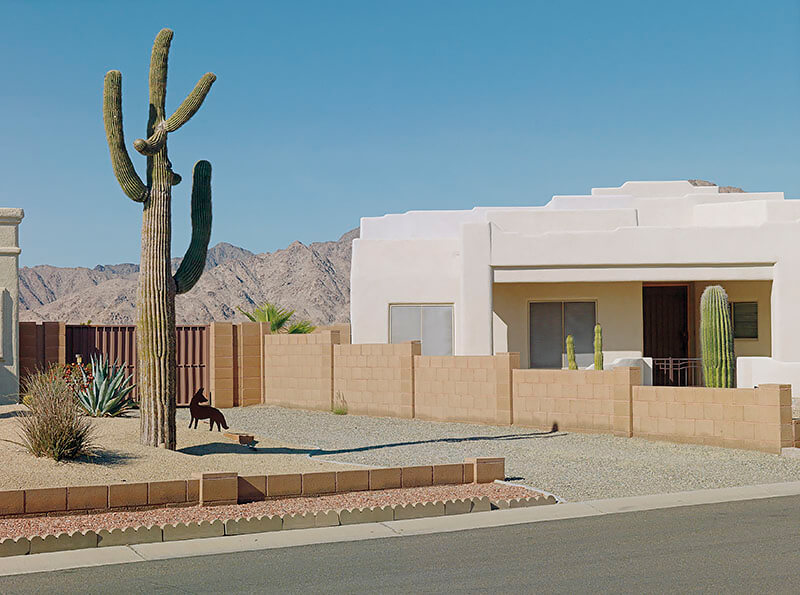
Yuma, Arizona. From the series, America Revisited 2019, © Graeme Williams
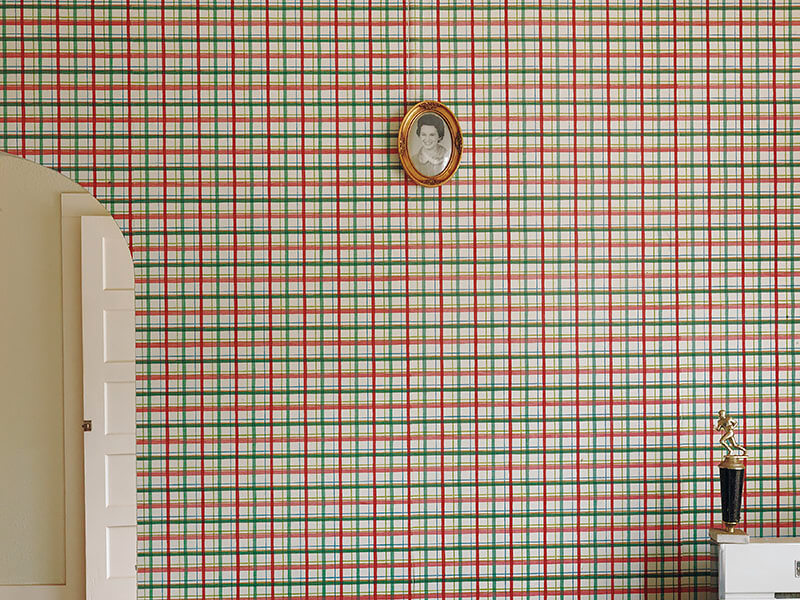
Mineral Wells, Texas. From the series, America Revisited 2019, © Graeme Williams
I knew back in 2016, that I was going to return to the US to work on an essay that reflected a broader, more personal response to the country.
Is America Revisited finished or do you plan on coming back?
No, the project is definitely not finished. I needed to develop the project to a point at which the images held together as a distinct body of work that hopefully has something to say. It is a lot more difficult to convey a concept or idea for a personal essay compared to say, a journalistic project. A proposal such as 'The effects of climate change on a community hit by drought,' is a lot more accessible than something like, 'I am a South African who is going to photograph the USA in a personal manner.' Having produced this initial set of images, I hope to raise interest and funding to develop the project into something broader and more representative of the country as a whole.
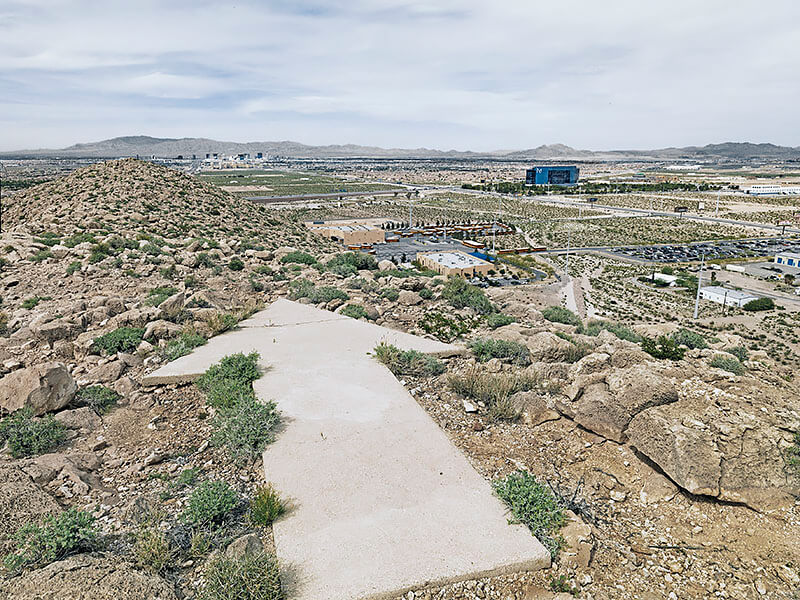
Las Vegas, Nevada. From the series, America Revisited 2019, © Graeme Williams
Usually with long-term projects one has the luxury of letting an idea or concept develop over time. With the weak South African Rand (US$ 1 =15 SAR), I realised that I needed to hit the ground running, so planning became an important aspect of the America Revisited project. It took almost three years to distil what I wanted to say, the feel of the images and how the images should work together as an essay. I found that Google Street View was an amazing tool for getting a clear picture of what things look like on the ground. I find it very disorientating when my preconceptions are way different from reality. I land up spending too much time thinking and recalibrating, instead of just looking in uncomplicated manner.
How long did you travel in the US?
I had a month of completely uninterrupted photographic time. I flew to Dallas, hired an RV, and drove 3000 miles, through six states. It was quite a simple, monastic way of being - I would get up, have breakfast, unplug my RV, and drive and photograph for about nine or ten hours. Then, depending where I had landed up, I would either camp or find another RV park.
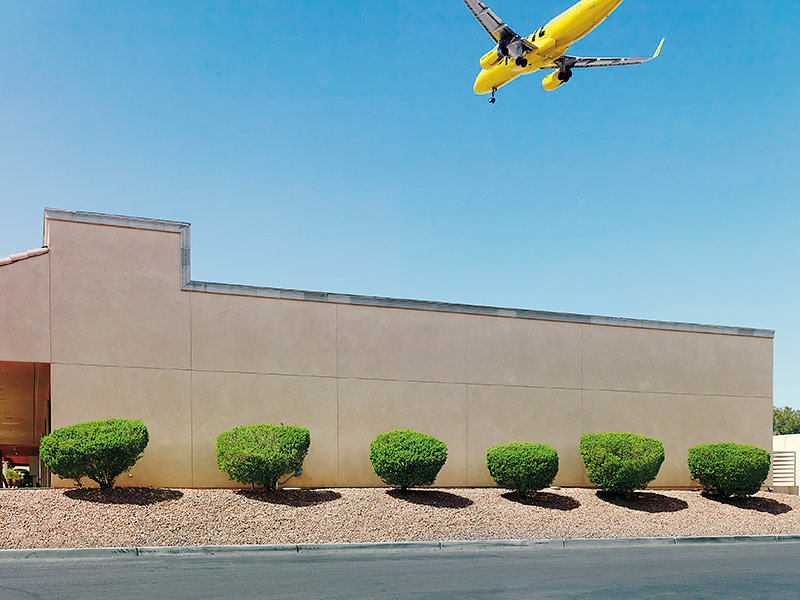
Las Vegas, Nevada. From the series, America Revisited 2019, © Graeme Williams
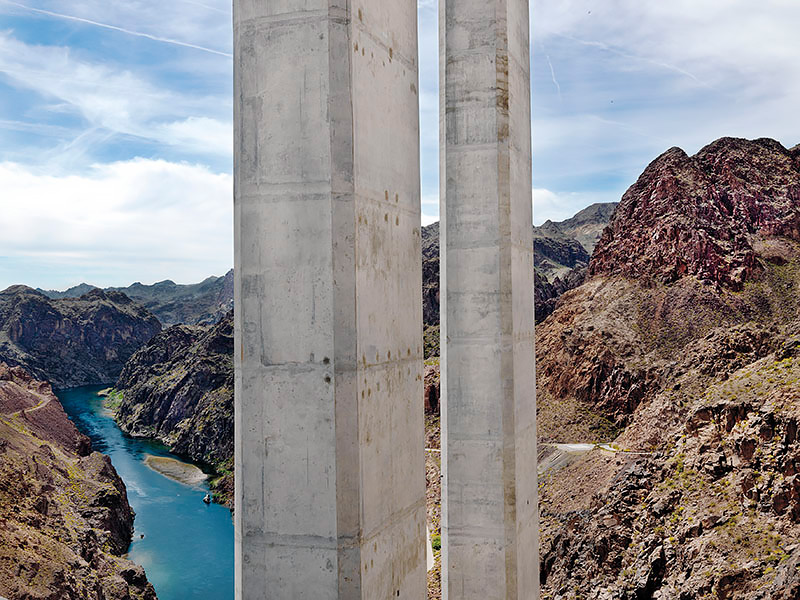
The Hoover Dam, Boulder, Nevada. From the series, America Revisited 2019, © Graeme Williams
Yes, I wanted the freedom to be able to photograph what and how I chose.
What difficulties you had to overcome?
Ned was my only problem. He was the only testing person that I met at the RV parks that I stayed at. He was one of those guys that have no concept of personal space and he was a 'toucher'. After a long day, Ned seemed to be waiting for me, like a stray puppy. Firstly he was determined to direct me into my parking bay, telling me his life story before I had got the reverse angle right and then he kept at it for about half an hour convinced that he was going to persuade me to join him and his wife for a propane barbecue. But apart from Ned, there were no serious challenges.
Did you travel alone?
Yes, passengers would go nuts with my seeming lack of direction and all-consuming interest in the mundane.
People are less present in America Revisited than in Diverging Dreamlines, why?
Yes, that's correct. I wanted to photograph spaces and places that held meaning for me. I didn't purposely avoid including people, but I wanted their presence to be secondary or incidental. I think that we are conditioned to focus on the human element within a frame, but I wanted to communicate how it felt for me to be standing in a particular spot. Of course, the historical imprint of human interaction with any particular space, imbues it with meaning beyond its basic physical form.
Did you have a specific plan in mind of what you wanted to photograph?
When I woke up in the morning, I had no idea what I was going to photograph that day. If I knew what I was going to do, the images wouldn't retain any sense of my presence. It would become more of a technical exercise. The process is a bit like the Eric Clapton song, Running on Faith - you just have to trust that you will see things that spark your interest and then you will know how to photograph them.
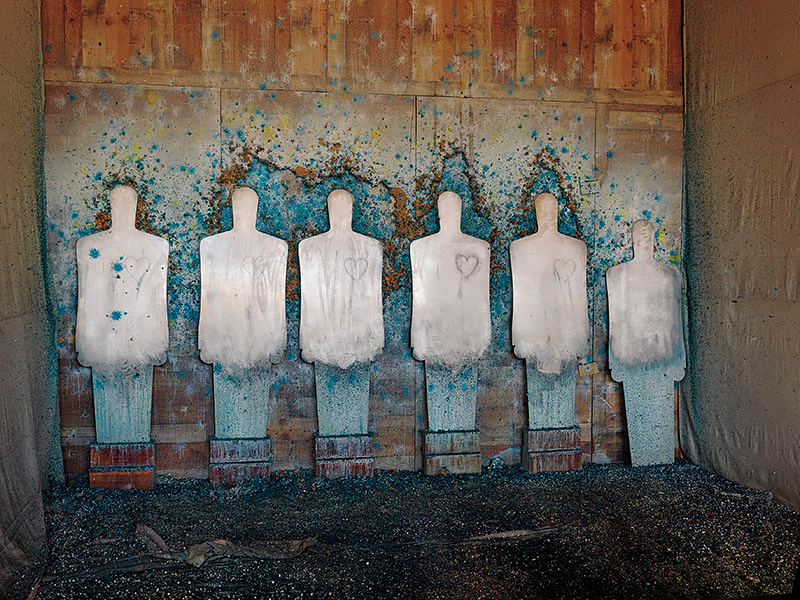
Tombstone, Arizona. From the series, America Revisited 2019, © Graeme Williams
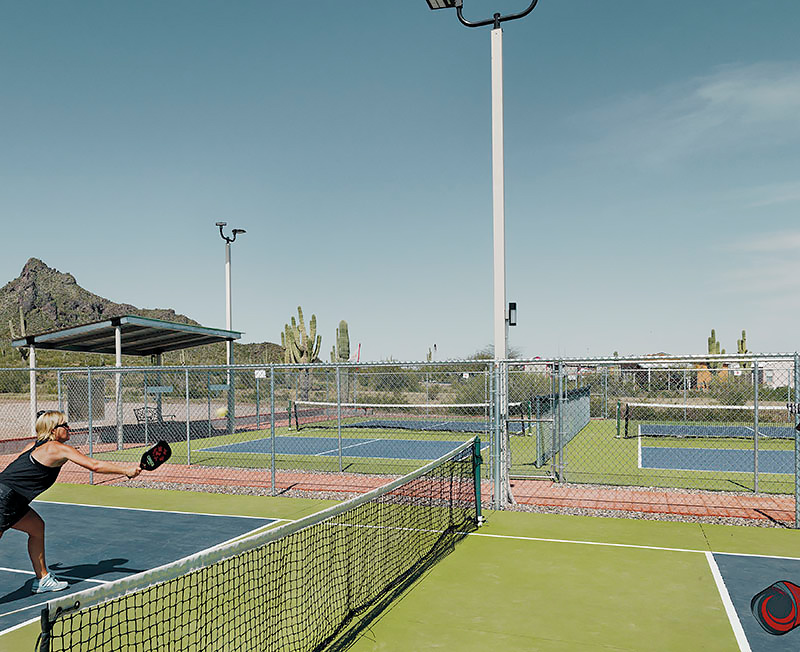
Page, Arizona. From the series, America Revisited 2019, © Graeme Williams
My work is driven by an interest in communicating a feeling, both within the individual images as well as through the body of work as a whole. As photographers, we can become overwhelmed by the collective memory bank of images that has accumulated over two centuries of photography. You have to back up your photographic influences to an external hard drive so you can capture the essence of what one wants to say without too much interference. I think that my continued curiosity about the world and my interest in the potential of the photographic medium, strongly motivate my work.
You explain that after thirty years of photographing South Africa, I felt and still feel a strong need to step off this turbulent rollercoaster that this country personifies for me. Can you elaborate?
There is a sense that South Africans have lived in a state of trauma for centuries. It has always been a violent and harsh environment in which to live and more recently, colonisation and apartheid have left a stain on the psyche of the nation. It is simplistic to think that anyone could remain untouched by this protracted turmoil. For those of us who chose to look closely at the nation's rollercoaster of disorder, trauma has become imprinted in our being. I think that I just felt fatigued by finding myself photographing disturbing subjects that were so similar to those that I witnessed during the apartheid era. At times it seems as if South Africa is a model case study for Sigmund Freud's repetition compulsion.
What are the biggest differences in your opinion between South Africa and the United States? Similarities?
The USA is a machine of efficiency. I am sure that most Americans have very little idea of how their society compares with others around the world. Things really work and most people have jobs. In Southern Africa basic services are uncertain, crime and unemployment are widespread. South Africa, with a population of about 55 million has an average of 58 murders per day, while Zimbabwians live with daily power cuts lasting 17 hours. The USA's complex history and its innate tensions, seem very familiar to me, but as an outsider, I don't find that I get distracted by the micro political shifts.
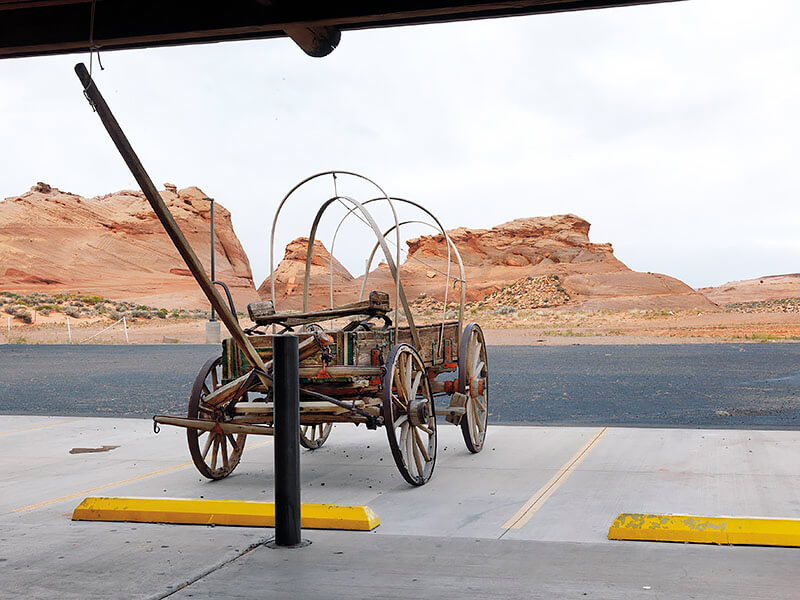
Page, Arizona. From the series, America Revisited 2019, © Graeme Williams
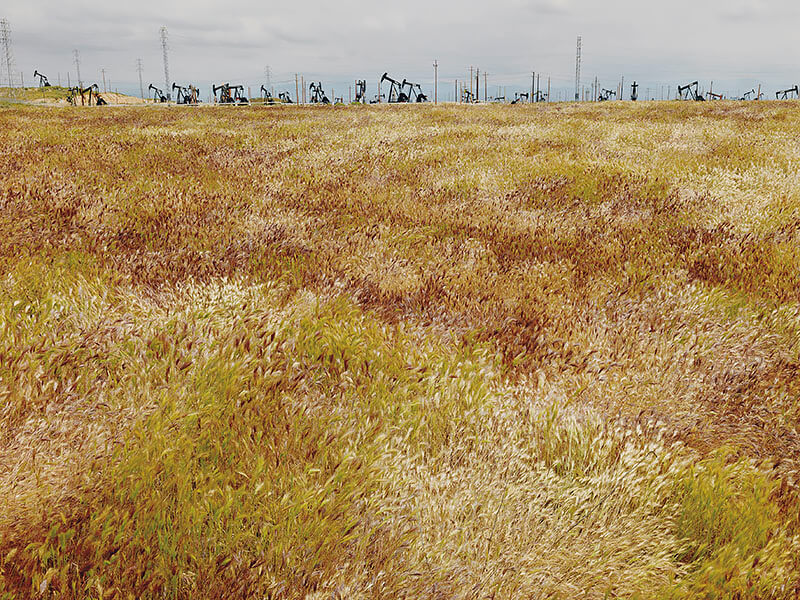
Bakersfield, Texas. From the series, America Revisited 2019, © Graeme Williams
Yes, Donald Trump was fighting for the presidency in 2016 and now he is president. The main difference for me was that this time I didn't have a TV in my RV and I avoided all forms of media. The only political commentary that I saw was on car bumper stickers. The messages seemed to change as I drove westward from Texas to California. During my first trip, I became hooked, watching the televised debates every night in my hotel room. I learnt something from that experience and this time I didn't want my work to wander into the political arena.
If one based one's view of the US purely on media reports, especially social media, it would be reasonable to assume that the USA was in the throes of a second civil war. However, during both of my recent trips, my overriding impression was that Americans displayed a strong sense of respect for the individual, in comparison with people in most other countries that I have visited.
How has your work evolved over the years?
There have been quite distinct phases within South Africa's photographic history. During the apartheid era I was focused on producing work that highlighted the injustice of the system and eventually joined the collective, Afrapix. Then in the late eighties there was a real sense that transformation was possible and imminent. I wanted to be in a position to cover the major political and social changes within the country, and so became a permanent stringer with Reuters News Agency. During the following five years I was immersed in the day-to-day events that led up to the 1994 elections when Nelson Mandela became president. In the mid 90s, we as South African photographers, were confronted by the confluence of a number of major changes: the end of apartheid, a worldwide media shift from reportage towards a celebrity-based focus, digital photography replacing film as well as the art world embracing photography on a more expansive scale. It was a complex process of readjustment after such a long period during which apartheid had been my primary subject matter. I eventually learnt that my real interest is in long-term, very personal essays reflecting my responses to subjects that I am drawn to. This latest shift in focus to the USA is, in a way, an act of freeing myself from my own absorption with the all-consuming subject of South Africa and allowing myself to re-connecting with the essence of what drew me to photography initially; the quest to communicate through photography in an eloquent manner.
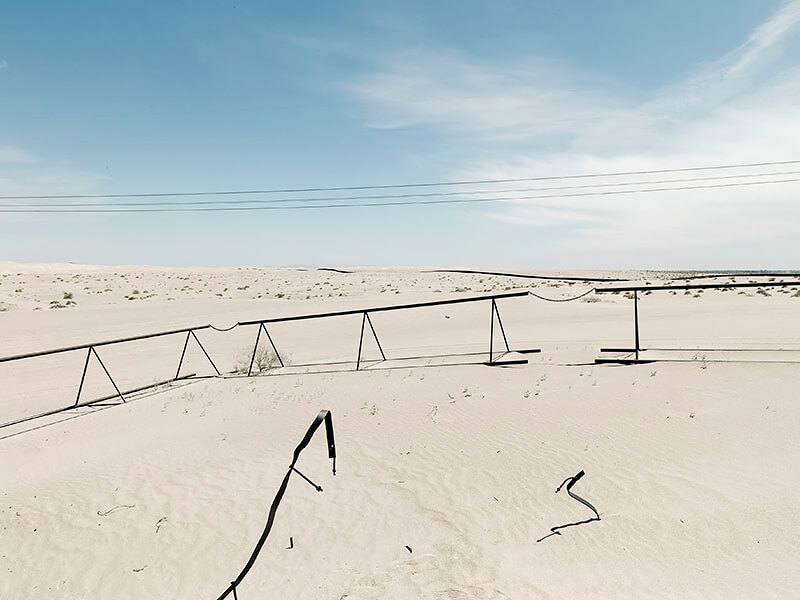
The border wall near Yuma, Arizona. From the series, America Revisited 2019, © Graeme Williams
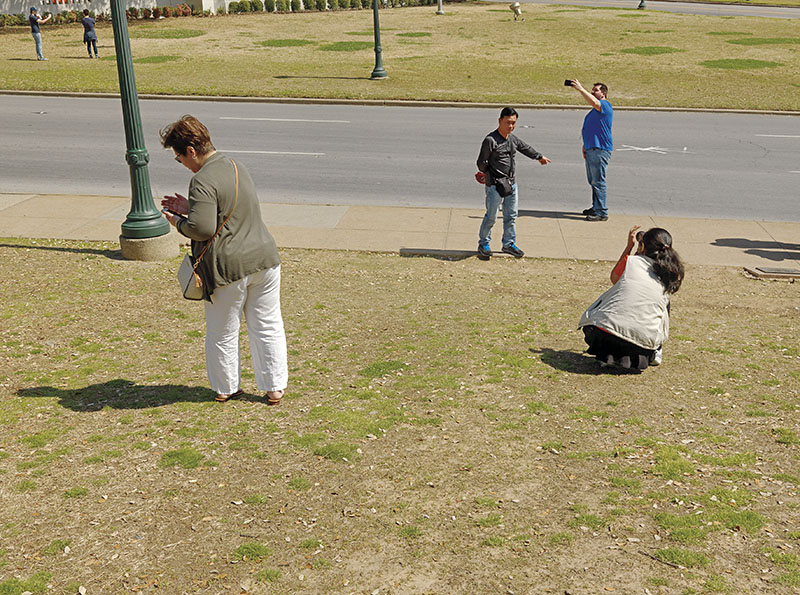
Dallas, Texas. X-marks the spot where JFK was shot. From the series, America Revisited 2019, © Graeme Williams
America Revisited was photographed on a digital Hasselblad, using a variety of lenses and a tilt/shift adapter. My choice of camera depends on what I am trying to achieve. Setting up a heavy tripod and camera, allows one to be far more contemplative about what one allows or removes from a frame.
Why do you work mostly in color?
That is a very relevant question. During apartheid, I would almost exclusively photograph in B/W, because of the unequivocal inequity of the system. While Mandela was president there was a brief period in which most South Africans shared a sense of optimism. My use of color reflects this personal sense of hope, even though the contents of my images were often brutally honest. After Mandela's term as president, this optimism began to be eroded by corruption and poor governance. I found that that in recent years I have again felt that B/W is the best medium through which express my thoughts about South African society. The comparative mood of opportunity and momentum within USA, drew me back to working in color.
What 3 words describe your photography style?
Quiet, lucid and expressive
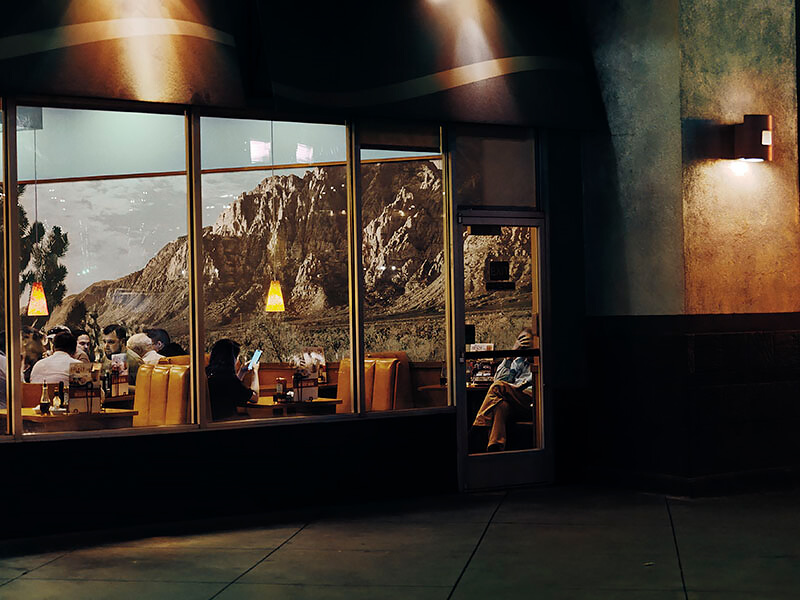
Las Vegas, Nevada. A view into a Denny’s Restaurant on Las Vegas Boulevard. From the series, America Revisited 2019, © Graeme Williams
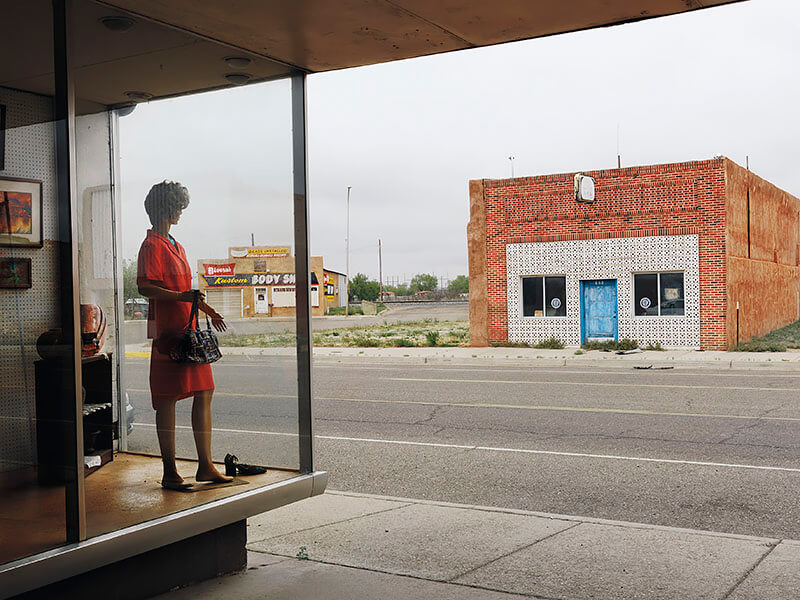
Tucumcari, New Mexico. From the series, America Revisited 2019, © Graeme Williams
Yes, I had a month to photograph and when I returned to South Africa, I spent six months to editing, grading and working on the captions.
I also collaborated with the former director of Huis Marseille in Amsterdam, Els Barents, to refine the project text so that it was both candid and matched the simplicity of the images.
What advice would you give someone who would like to become a photographer today?
Get a proper job…unless you really have to be a photographer. In which case, trust your instinct and keep going.
What mistake should a young photographer avoid?
Making work that you think might appeal to others.
Your best memory as a photographer?
I think that my most lasting memory was watching Nelson Mandela walk out of prison after 27 years of incarceration. He was truly an amazing man.
What compliment touched you the most?
During my first year as a freelance photographer, I took photographs for the property section of my local newspaper. Even though this was not a very glamorous job, it provided me with access to unlimited amounts of film and enough time to moonlight as a photojournalist. I took a photograph of a white woman comforting a black woman who had been whipped by the apartheid police. The newspaper ran the picture and a few days later I saw the image pinned up in someone's work cubicle. The person told me that the image really moved her and gave her hope. Prior to this, I had never fully understood the act of communicating a feeling through photography and the impact that this process can have on others.
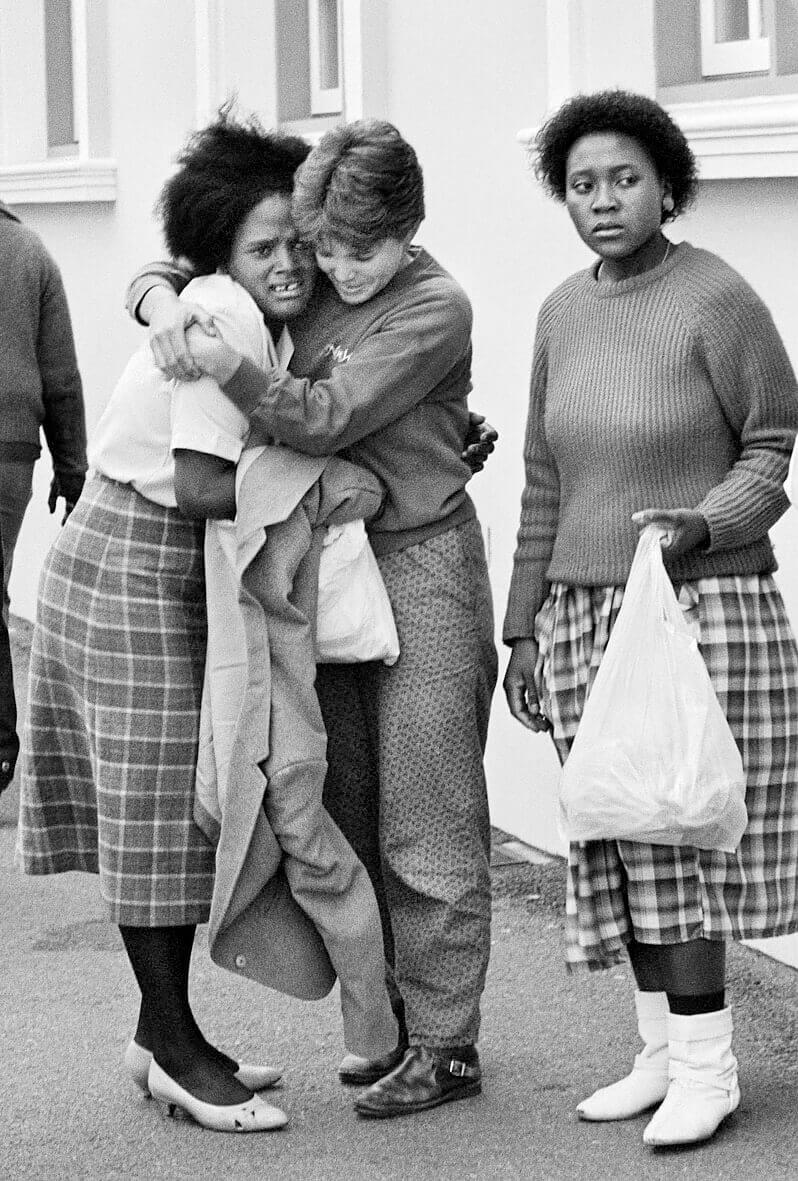
A woman is comforted after being whipped by police during an anti-apartheid demonstration. She was returning to her place of work after doing some shopping when mistaken for a protester by the police. 1986. Cape Town. © Graeme Williams
The realisation that I am not invulnerable, was probably my worst souvenir, but also the insight that helped me to survive some hairy moments. In 1994 a group of right-wing South Africans beat me up and put a shotgun in my mouth, after catching me photographing a colleague of theirs shooting and killing a black woman. Luckily, one of them said to the man holding the shotgun, Don't shoot him, beat him up.' After that incident I lost my sense of invincibility.
What are your upcoming projects?
These images are from the initial phase of this project. I am now looking at ways to extend the coverage to other parts of the United States.
If you weren't a Photographer, what would you be doing?
I studied Geology and Statistics, so I would probably be out on some desolate hill tapping rocks with a geological hammer.
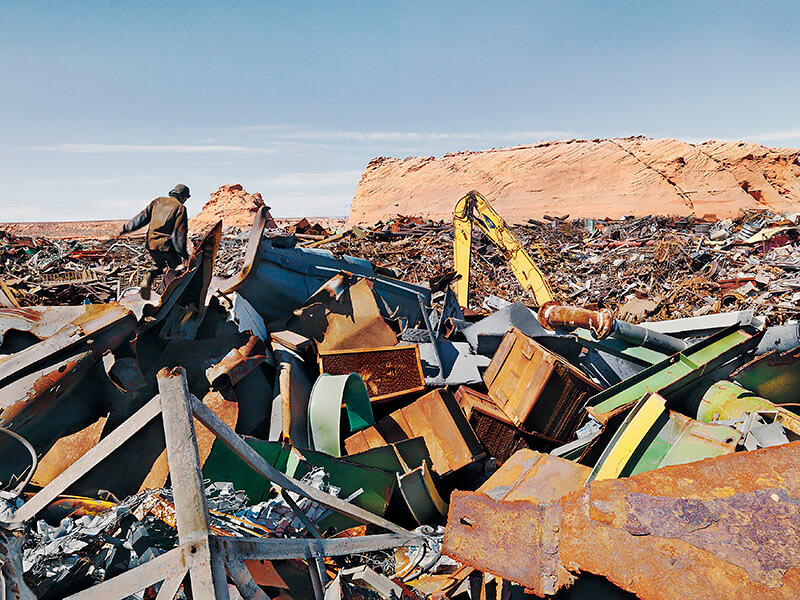
Page, Arizona. From the series, America Revisited 2019, © Graeme Williams
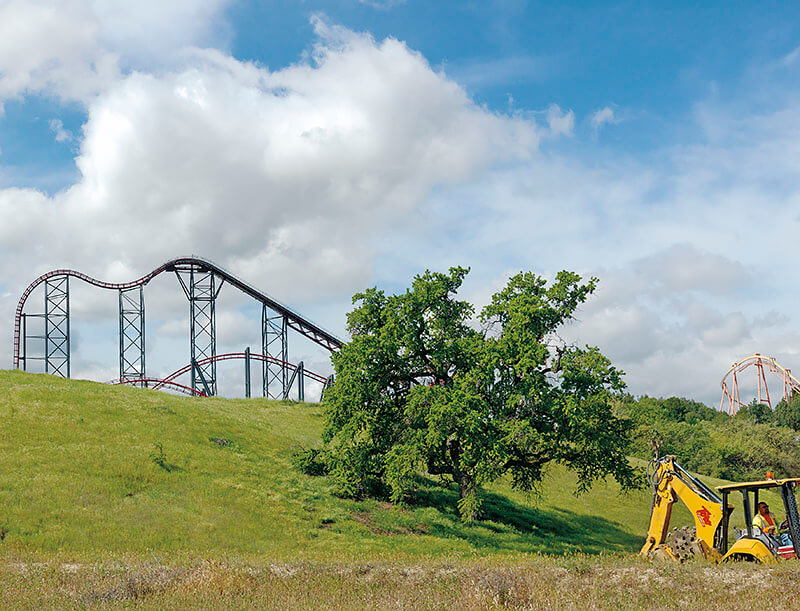
Six Flags Magic Mountain entertainment Park, Santa Clarita, California. From the series, America Revisited 2019, © Graeme Williams
Thank you very much Graeme for taking the time to answer our questions.
We would also like to share with our readers the following passage written by David Goldblatt who was your friend. It was written for PHOTO PAPER in their launch publication used an essay, A city refracted. Kasseler Fotografie Festival, Germany. 2016.
The Spirit of Graeme Williams by David Goldblatt:
'In the discords and harmonies of our life, Graeme Williams has found and shaped his own vision of their existence. He brings the light, shadows, colours, materials, textures, skin, flesh, movement and muscle of our shack settlements and city streets into photographs of dynamic, unexpected, sometimes startling synthesis. He does this with the surging, seemingly effortless fluidity of a dancer. His particular vision was first evidenced, if I am not mistaken, in an extraordinary series of photographs made in 1999 of two black dogs at play with each other on a beach in a flying ballet of explosive energy. There is a straight line of development from that elemental work to the highly complex Edge of Town, photographed between 2007 and 2009 in some 100 of South Africa's 'informal' settlements. Now there is A City Refracted, a more sombre but no less dynamic series of photographs that spring from the tensions of Joburg's streets and the makeshiftedness of living in its unloved and less salubrious buildings. Williams has told me that these essays evolved from the need to transcend the limits of the reportage in which, for many years, he earned his living. But they go far beyond that. They tell of some of his strongly felt understandings of this society. With rare and original imaginative reach, they are eloquently expressive of his spirit.
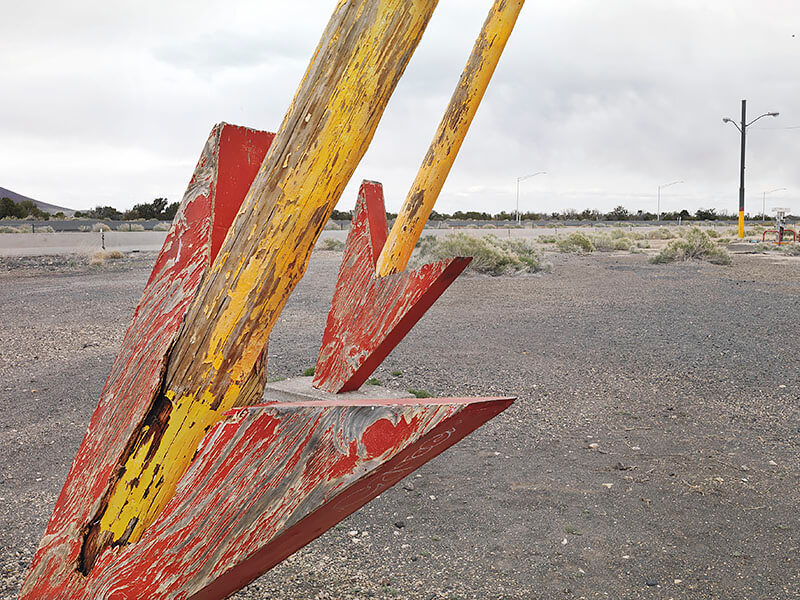
Twin Arrows Trading Post , Arizona. (Route 66). From the series, America Revisited 2019, © Graeme Williams
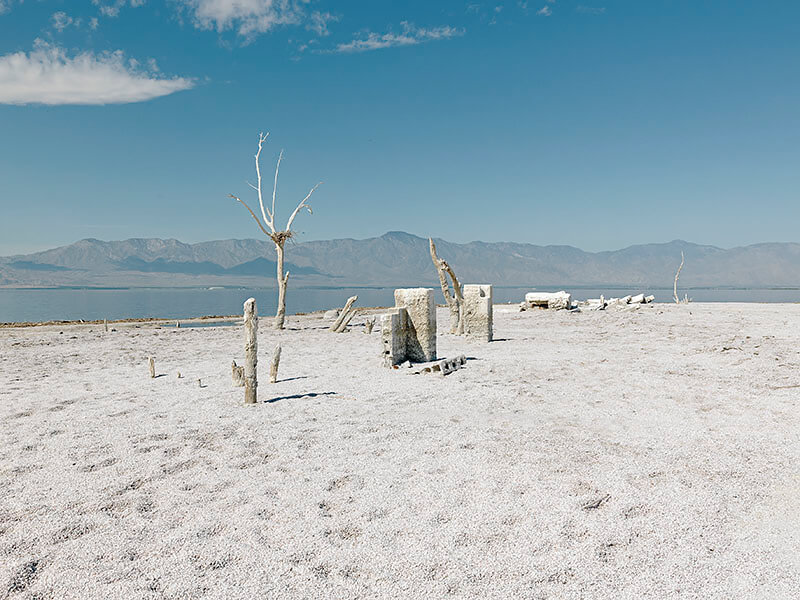
North Shore, Saltan Sea, California. From the series, America Revisited 2019, © Graeme Williams
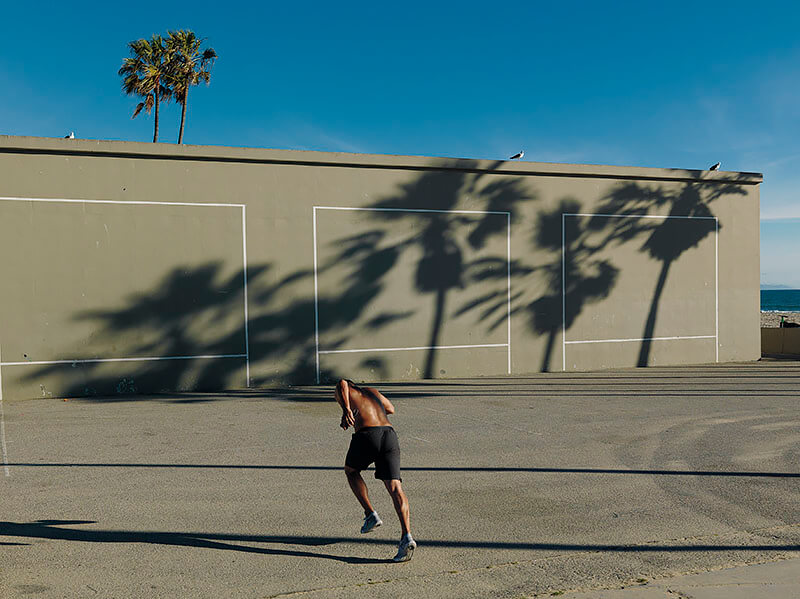
Muscle-Beach, Los Angeles. From the series, America Revisited 2019, © Graeme Williams
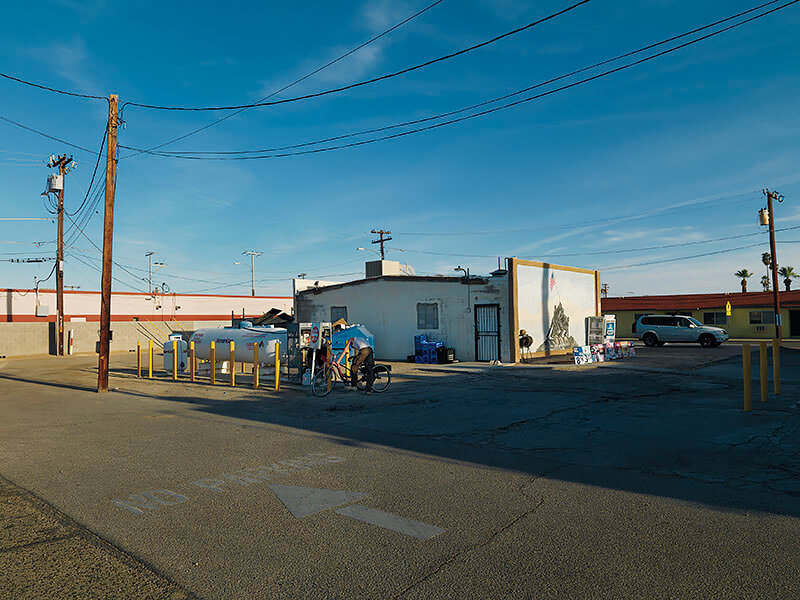
Yuma, Arizona. From the series, America Revisited 2019, © Graeme Williams
